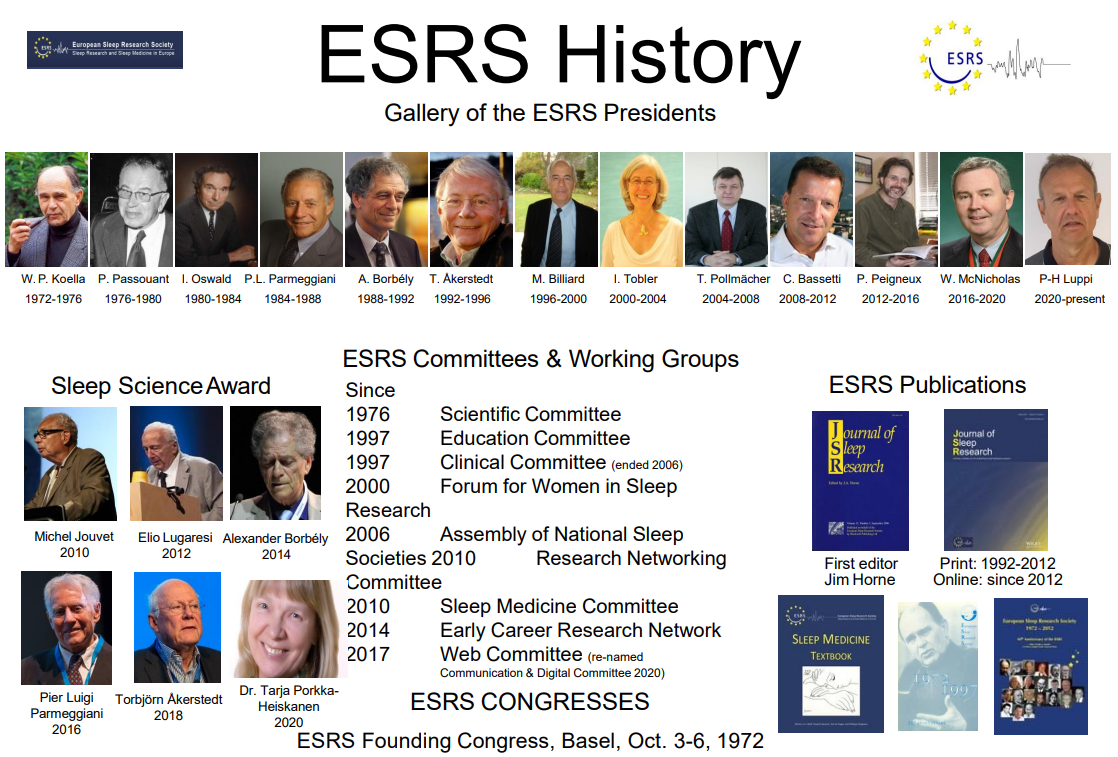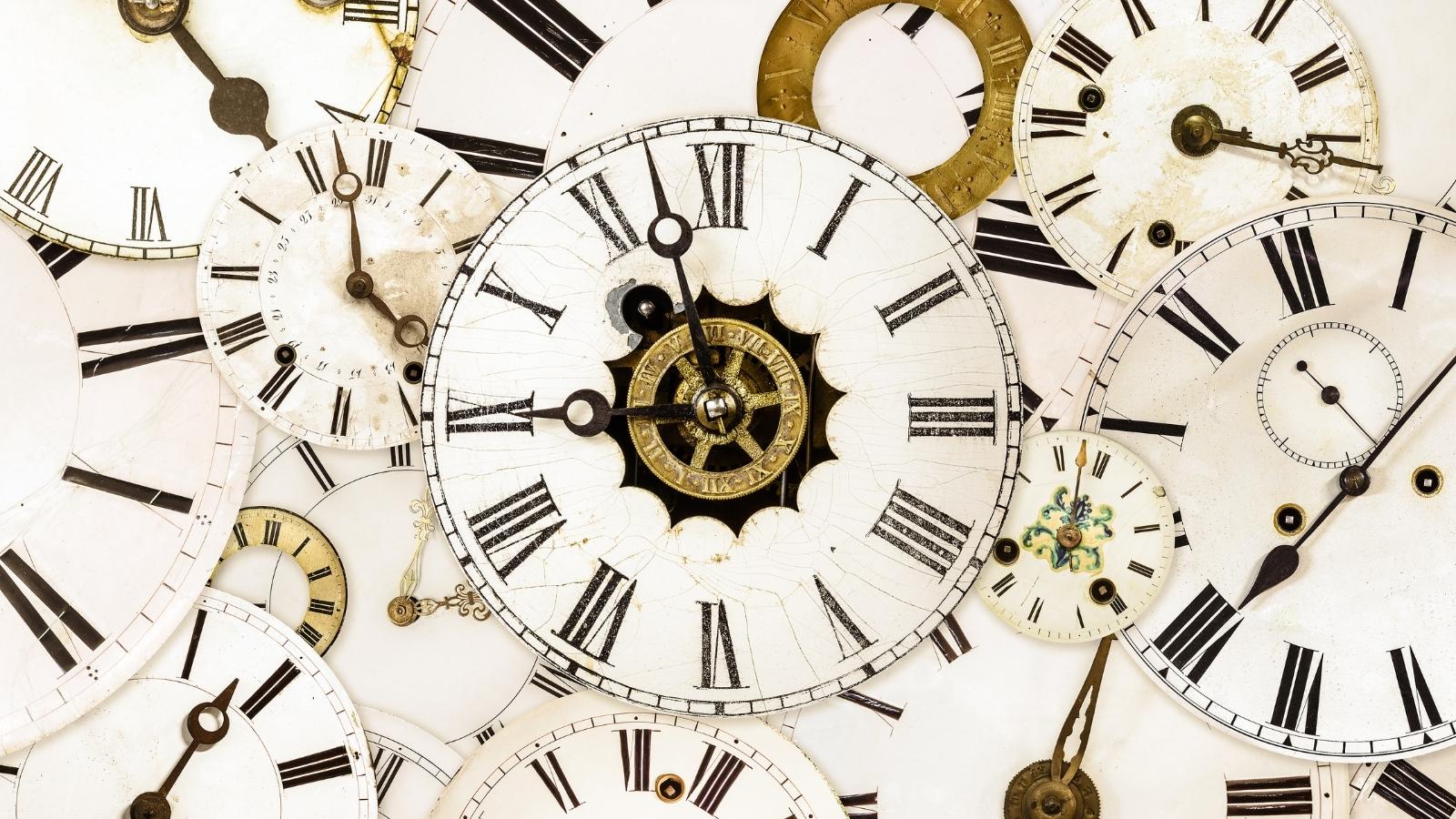Living in the wrong time-zone

Prof. Dr. Till Roenneberg
Vice-Chair & Head of Human Chronobiology, Ludwig-Maximilians-University Munich
Institute of Medical Psychology, Germany
To change or not to change – looking for an answer
Public discussions about Daylight Saving Time (DST) are generally emotional, hedonic and fact-free, so, let’s strip the issue down to its objective bare bones.
Clock changes in spring from standard time (ST) to DST effectively send us to work and school an hour earlier (by sun time), which is equivalent to being in the wrong time zone for seven months of the year. For example, instead of working and living in Paris (as in ST), DST forces us to work in Moscow while still living in Paris.
When to serve afternoon tea?
The daily timing of physiology, including sleep-wake behaviour, is organised by a biological clock. Its control centre in the brain, exclusively uses light and darkness to synchronise with the 24-h day. The influence of sun time is apparent even in modern society: people sleep and wake on work-free days progressively later (in local clock time) the further west they live within their time zone, matching the sun’s progression from east to west [6]. The biological clock is so dominant that people even go to work later the further west they live within a time zone [7]. When the local clocks in Western Spain in summer show 10:00 pm, it is only 7:30 pm by sun time; thus, Spaniards “eat late” only due to their local clocks and not due to their biological clocks.
The discrepancy between local and biological time is called “social jetlag” and is quantitatively associated with a multitude of health deficits, ranging from metabolic and cardiovascular to psychiatric pathologies [5].
DST – a deadly practice
While health deficits, production losses and accidents have been associated with the acute ST-to-DST changes, DST’s chronic effects are far more pervasive. The fact that DST equates to living in the wrong time zone offers possibilities to examine these chronic effects.
Several studies investigated health, economic and accidents data across time zones in the US [3,4,8] and Russia [1] and all show the same pattern: with increasing distance from the eastern border of a time zone, risks of adverse health, lower economic status and accidents gradually increase and jump back down at the next time-zone border.
A more recent study applies an especially elegant design [2]. Time zones in the US have large western overhangs, areas that should be in the next time zone to the west by strict longitudinal calculations but are locked to one further east (e.g., because of state boundaries). The authors compared fatal traffic accidents in the overhang areas to those that are within the appropriate time zone and found that accidents were almost 22% higher.
This elegant design means, we have an analogy for comparing DST (equivalent to the overhang area) to ST (equivalent to the appropriate time zone). These analyses should be applied to health and safety and other outcomes, which I predict will provide us with further clear, objective results that favour ST over DST and recommend assigning regions across the globe to their original time-zone borders to improve all aspects of quality of life, including mortality [1].
References
- Borisenkov, M. (2011). Latitude of Residence and Position in Time Zone are Predictors of Cancer Incidence, Cancer Mortality, and Life Expectancy at Birth. Chronobiology International.
- Gentry et al. (2022). Living in the wrong time zone: Elevated risk of traffic fatalities in eccentric time localities. Time & Society.
- Giuntella & Mazzonna (2019). Sunset time and the economic effects of social jetlag: evidence from US time zone borders. Journal of Health Economics.
- Gu et al. (2017). Longitude Position in a Time Zone and Cancer Risk in the United States. Cancer Epidemiology Biomarkers & Prevention.
- Roenneberg et al. (2019). Chronotype and Social Jetlag: A (Self-) Critical Review. Biology.
- Roenneberg et al. (2007). The human circadian clock entrains to sun time. Current Biology.
- Roenneberg, Winnebeck & Klerman (2019). Daylight Saving Time and Artificial Time Zones – A Battle Between Biological and Social Times. F Physiology.
- VoPham et al. (2018). Circadian misalignment and hepatocellular carcinoma incidence in the United States. Cancer Epidemiology and Prevention Biomarkers.
ESRS Reminders
Sleep & Breathing 2023 – Submit Your Abstract
GEF Gender Equality Survey
The Gender Equality Forum (GEF) has launched a gender equality survey to establish a baseline understanding of gender inequality within the ESRS right now in order to set goals for future improvement. Please complete this 3 minute anonymous survey to help them improve gender equality within the ESRS. Take the survey.
Recent publications from ESRS members
- Sánchez-de-la-Torre et al. (2022). Long-Term Effect of Obstructive Sleep Apnea and Continuous Positive Airway Pressure Treatment on Blood Pressure in Patients with Acute Coronary Syndrome: A Clinical Trial. Ann Am Thorac Soc.
- Baillieul et al. (2022). Current Knowledge and Perspectives for Pharmacological Treatment in OSA. Arch Bronconeumol.
- Sigurdardottir et al. (2022). Novel oxygen desaturation parameters are associated with cardiac troponin I: Data from the Akershus Sleep Apnea Project. J Sleep Res.
- Filosa et al. (2022). Validation of questionnaires for restless legs syndrome in the general population: the Trøndelag Health Study (HUNT). J Sleep Res.
- Italia et al. (2022). A calibrated model with a single-generator simulating polysomnographically recorded periodic leg movements. J Sleep Res.
- Christodoulou et al. (2022). Factors associated with insomnia symptoms: A cross-sectional study during a Covid-19 fully restrictive lockdown. J Sleep Res.
- Rösler et al. (2022). Actigraphy in studies on insomnia: Worth the effort? J Sleep Res.
- Hofman et al. (2022). Time spent in physical activity, sedentary behavior, and sleep: Associations with self-rated sleep quality in middle-aged and older adults. Sleep Health.
- Stokes et al. (2022). Digital cognitive behavioural therapy for insomnia (Sleepio) is associated with gains in quality-adjusted life years. BJGP Open.
- Challacombe et al. (2022). Paternal perinatal stress is associated with children’s emotional problems at 2 years. J Child Psychol Psychiatry.




